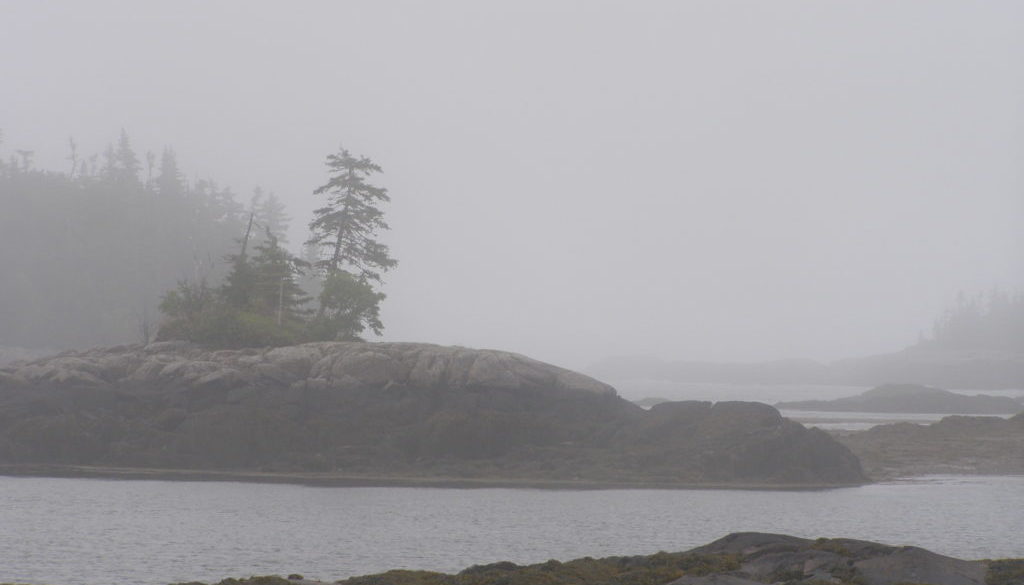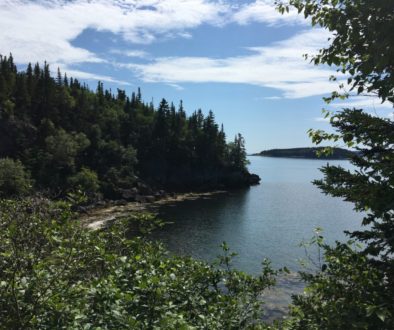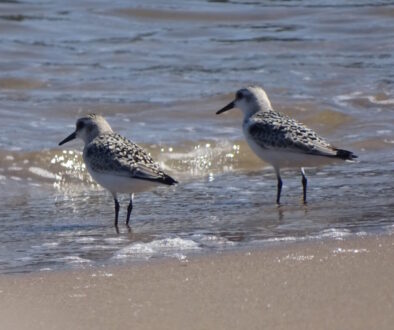Commentary: New Brunswick needs to protect more natural areas
[The following commentary appeared in The Daily Gleaner on April 5, 2017.]
For the first time since 1992, Canadian governments are working together to expand our network of protected areas to conserve nature. The federal government and all provinces and territories recently agreed to work on a plan to meet international targets for protected areas.
In 2010, Canada committed to protecting at least 17 per cent of land and 10 per cent of our ocean by 2020, under the United Nations Convention on Biological Diversity.
New Brunswick needs to contribute to this plan and report on actions. Canadian Parks and Wilderness Society – NB Chapter (CPAWS NB) is eager to support our government to put nature conservation at the forefront of our nation building.
CPAWS NB has a three-point plan for how the provincial government can do this. First, New Brunswick should commit to a new action plan to have at least 10 per cent of the province in legally protected natural areas and nature-oriented parks.
This would bring us up to the national average, and be more comparable to the action plans of all the other provinces.
We need a road map showing how New Brunswick will contribute to the nation-wide targets. We should focus not only on quantity, but also on the quality of protection. Our province’s researchers already have the information to identify the right areas for protection of nature, and the right ways to protect them.
Second, the New Brunswick government should work with the federal government to create protected areas around key coastal habitats. This could include some mud flat habitats that are vital stopovers for hungry migrating shorebirds. It could include ocean waters that surround protected island nature reserves, or inter-tidal zones next to coastal parks, like Fundy National Park.
Third, the province could step up the protection of remaining old forest habitats on Crown land.
They could give protected natural area status to ecologically rich wetlands, lakes and river headwaters. Most of the old forest habitats on Crown land remain open to all kinds of industrial development. This puts at risk these forests’ ability to be resilient to climate change impacts, and to continue providing us with flood protection or habitat for pollinators.
We have an opportunity to protect a special ecotourism gem in the Restigouche region. It’s already known for its salmon angling and canoeing. However, industrial development is eating away at these wild forests and rivers year by year. We could create a world-class wilderness tourism destination – the Restigouche Wilderness Waterway – a wide protected corridor along the river, on Crown land. It would help protect the million-dollar salmon angling economy. If we conserve this area’s special nature, promising ecotourism businesses could reliably promote a quality wilderness destination around the world.
CPAWS NB, our volunteers, partners and supporters stand ready to help our province achieve this goal. On Canada’s 150th anniversary of Confederation, there could be no better gift than well-protected nature – the iconic symbol of our cultures. As the climate changes, protecting natural areas is even more important, because the habitat we save might be our own.
ROBERTA CLOWATER is executive director of the Canadian Parks and Wilderness Society – New Brunswick Chapter, in Fredericton.



